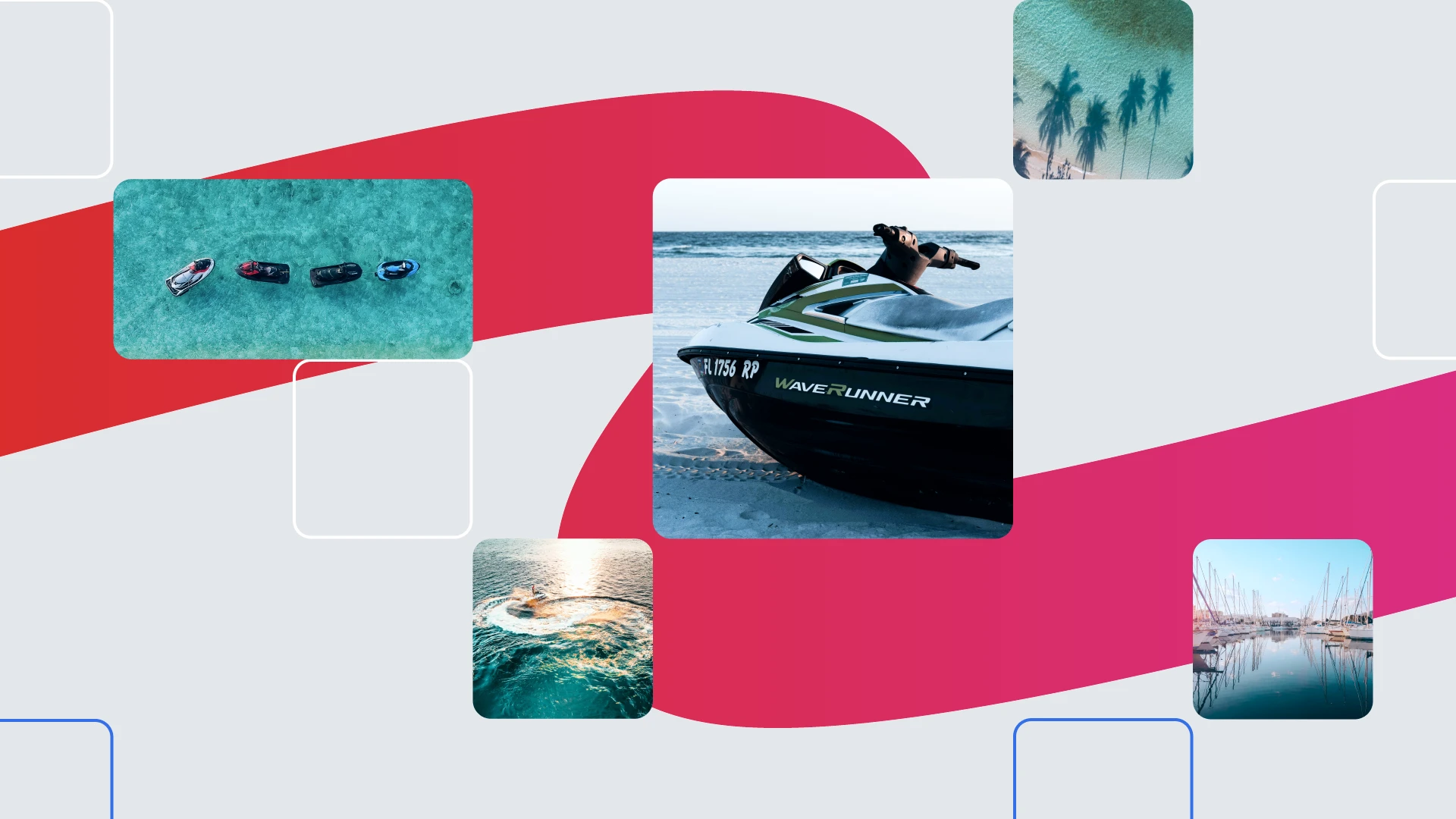Owning a personal watercraft (PWC) opens up a whole new world—but it comes with an unspoken rulebook. From navigating marinas to sharing space with boats and other riders, knowing proper PWC etiquette helps you stay safe, avoid conflict, and make the most of your time on the water.
At the Launch Ramp or Marina
- Be quick and efficient. Prep your gear and check your equipment before backing down the ramp. Don’t block the launch lane while loading coolers or adjusting straps.
- Use the dock respectfully. Tie up only as long as necessary to load/unload. Avoid taking up space meant for larger boats.
- Idle out quietly. Most marinas are no-wake zones. Stay below 5 mph and don’t rev your engine near shore or docks.
In the Harbor or Marina
- Follow the flow. Harbors have right-of-way rules just like roads. Larger boats have limited maneuverability—let them go first.
- Watch your wake. Even small PWCs can create disruptive waves. Stay in designated channels and reduce speed in no-wake zones.
- Keep noise down. Avoid blasting music or excessive revving. Harbors are shared spaces, not party zones.
Out on Open Water
- Maintain safe distance. Don’t zip around anchored boats or ride too close to others. Stay at least 100 feet from other vessels unless overtaking slowly in a tight area.
- Yield appropriately. In crossing situations, give right-of-way to the vessel on your right in the US. Boats under sail or engaged in fishing generally have priority.
- Respect wildlife and swimmers. Never buzz by swimmers, divers, or wildlife areas. Give them wide, slow clearance.
When Riding with Others
- Stagger your positions. Keep a safe space between you and your riding group. Tailgating on water is just as risky as on land.
- Use hand signals. Point to indicate direction, pat your head to signal “I’m okay,” and raise a hand to slow or stop.
Common Courtesy and Safety
- Wear a life jacket—always. It’s not just smart; it’s required in most states.
- Use your safety lanyard. If you fall off, it shuts down the engine instantly. No exceptions.
- Pick up after yourself. Leave no trash behind and help keep waterways clean.
Don’t Be That Rider
You know the one. The person blasting music at the dock. The rider flying through a no-wake zone. The wake jumper who cuts too close to another boat. Don’t be that rider. Being respectful earns you goodwill with other boaters—and keeps the waterways open for everyone.














